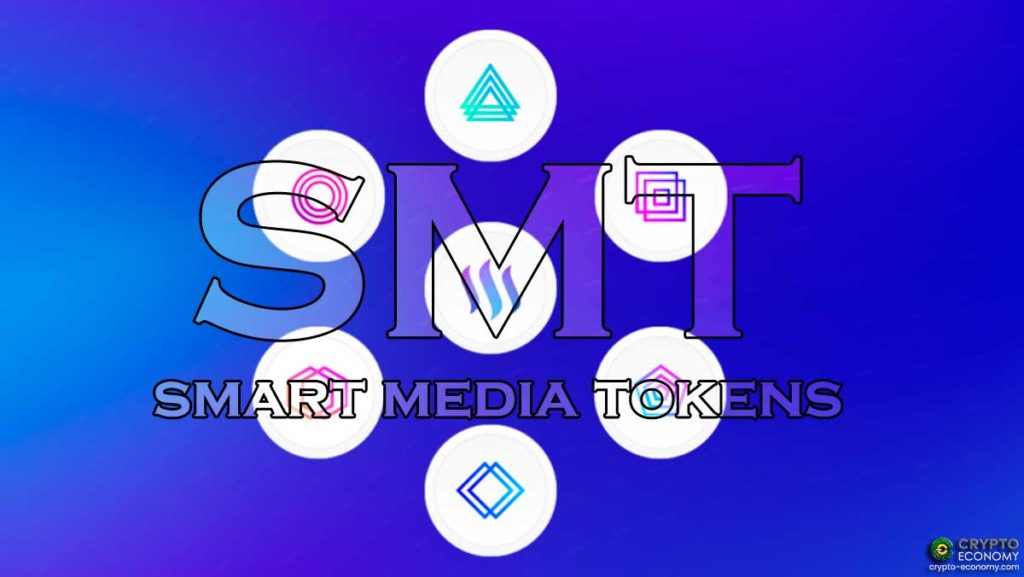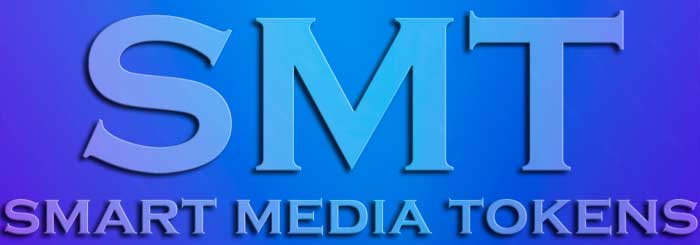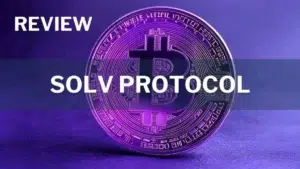Smart Media Tokens (SMT), an initiative based on the Steem blockchain, offer creators and developers the opportunity to earn rewards through a completely unique system with enormous potential.
Knowing what they are and how they work, can open a new horizon of opportunities for those who are not familiar with this kind of tokens. Let’s take a closer look at everything you need to know about SMTs.
What Are Smart Media Tokens?
Similar to ERC20 tokens created based on the Ethereum network, SMT or Smart Media Token, are tokens that anyone can create from the Steem blockchain. These tokens or digital currencies, can be used to help monetize the work and effort of content creators, application developers or even to finance projects.
In addition, all SMTs have built-in support for the creation of an ICO if the issuer wishes to launch one.
Content creators and developers see how it is increasingly difficult to monetize their work and make a profit from them, for reasons such as ad blockers that reduce revenue from advertising or social networks that earn money at the expense of their users but they do not share it with the content creators, which hinders the growth and evolution of their work.
Thanks to SMTs this can change, anyone can launch and sell Smart Media Tokens to finance their project or include them in it to incentivize their users.
The natural way of distributing these tokens is through a voting system based on “positive” or “like” algorithms.
For example, imagine that you upload a video to an audiovisual content platform, when a user votes positively on the video, the algorithm will give value to that vote, which will result in tokens that will be for the creator of the content.
This has been successfully tested on platforms such as: dtube.video, where users have shared different types of content, such as music, videos, written content, etc. and have received tokens based on the votes obtained.
“With SMTs, any website or content library across the internet may haveone or more tokens integrated into its interface to facilitate fundraising and autonomousgrowth.
These tokens are designed to allow website operators flexibility during the integration of the token into their community by choosing from many parameters that may be structuredcreatively at outset or refined over time.
Any tokens launched as SMTs shall benefit from ablockchain ecosystem built with an inbuilt decentralized exchange, as well as an ecosystemof open-source applications and libraries to support successful deployment, fundraising, and growth.”, they state on their whitepaper.
SMTs work with a protocol called ‘Proof of Brain’ and a reward distribution system designed specifically for digital businesses.
“Token systems that reward users as they contribute to a token-based community system require mechanisms to establish and evaluate the social value of the content: we call this “Proof-of-Brain.” “, they say on the Steem Bluepaper.
Smart Media Tokens Features
Revolutionizing Fundraising
ICOs, whether public or private, for-profit or not-for-profit, allow groups to sell tokens with diverse regulatory classifications, such as commodities, securities, or derivatives. With the introduction of SMTs (Smart Media Tokens), organizations can efficiently launch ICOs tailored for various caps and compatible with different cryptocurrencies.
Liquidity Boost
SMT-based ICOs leverage an automated market maker concept, channeling a portion of received STEEM tokens into an on-chain, off-order book market maker. This mechanism not only enhances token distribution but also contributes to the development of decentralized markets, fostering trustless exchange opportunities and liquidity for token users.
Shared Bootstrap Tools
SMTs introduce the concept of ‘Shared Influence,’ enabling creators to specify that Steem Power can control a part of the SMT’s rewards pool. This shared influence facilitates accelerated distribution, allowing existing Steem or SMT community members to play a pivotal role in bootstrapping new tokens.
Monetization with Shared Token Rewards

Steem-based interfaces offer the option to split token rewards among various recipients, including interfaces, community managers, referrers, and more. This flexible reward-sharing mechanism, initially capped at eight beneficiaries, can eventually accommodate up to 256 beneficiaries per post, providing a powerful monetization tool for content creators and community stakeholders
Steem speed compared to other blockchains
Steem’s blockchain stands out for its efficiency thanks to the implementation of Graphene technology and the Proof of Stake (DPoS) algorithm. Using DPoS, Steem manages to generate new blocks every 3 seconds with minimal computational load, allowing more transactions to be processed and more information to be stored.
Witnesses play a crucial role in the creation of new coins using the PoS algorithm. The top 20 witnesses, selected through voting by network members, produce blocks and maintain a price indicator for the cryptocurrency. In addition, they participate in making decisions on “hard forks”. Blocks are generated in rounds of 21 blocks every 3 seconds, being compensated with STEEM POWER for their contribution.












